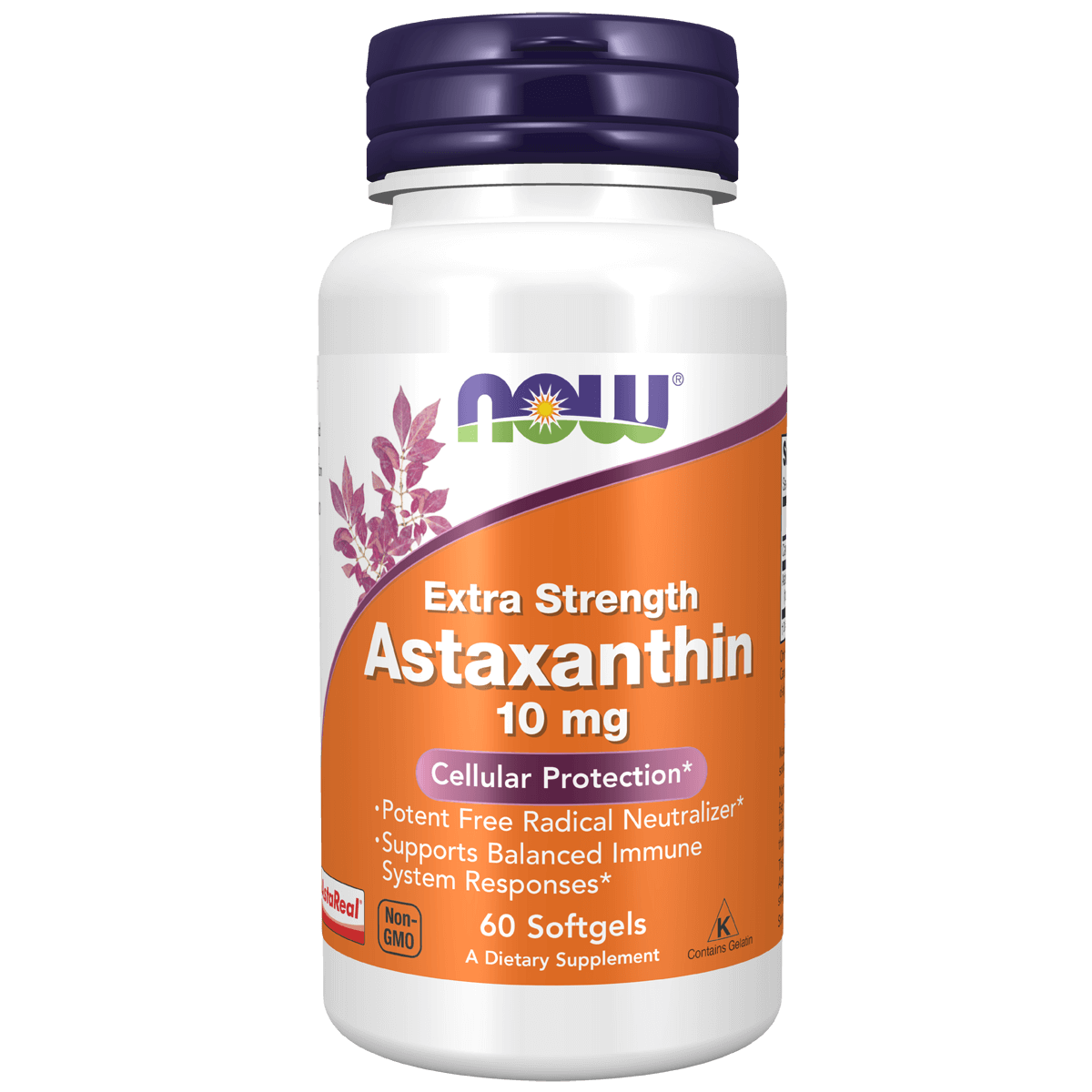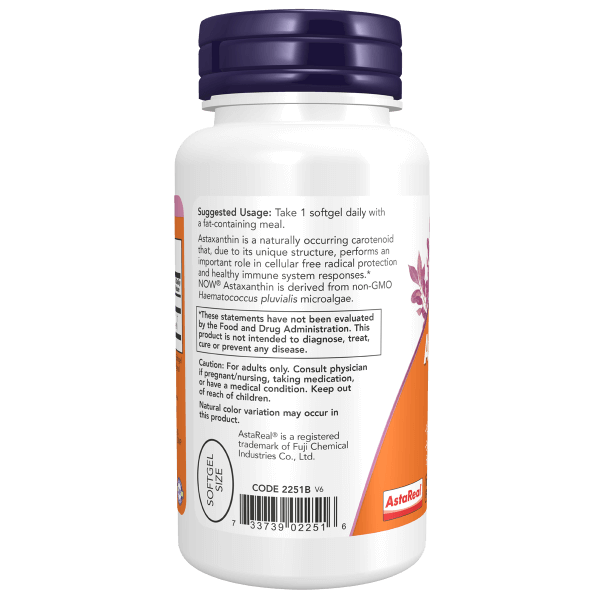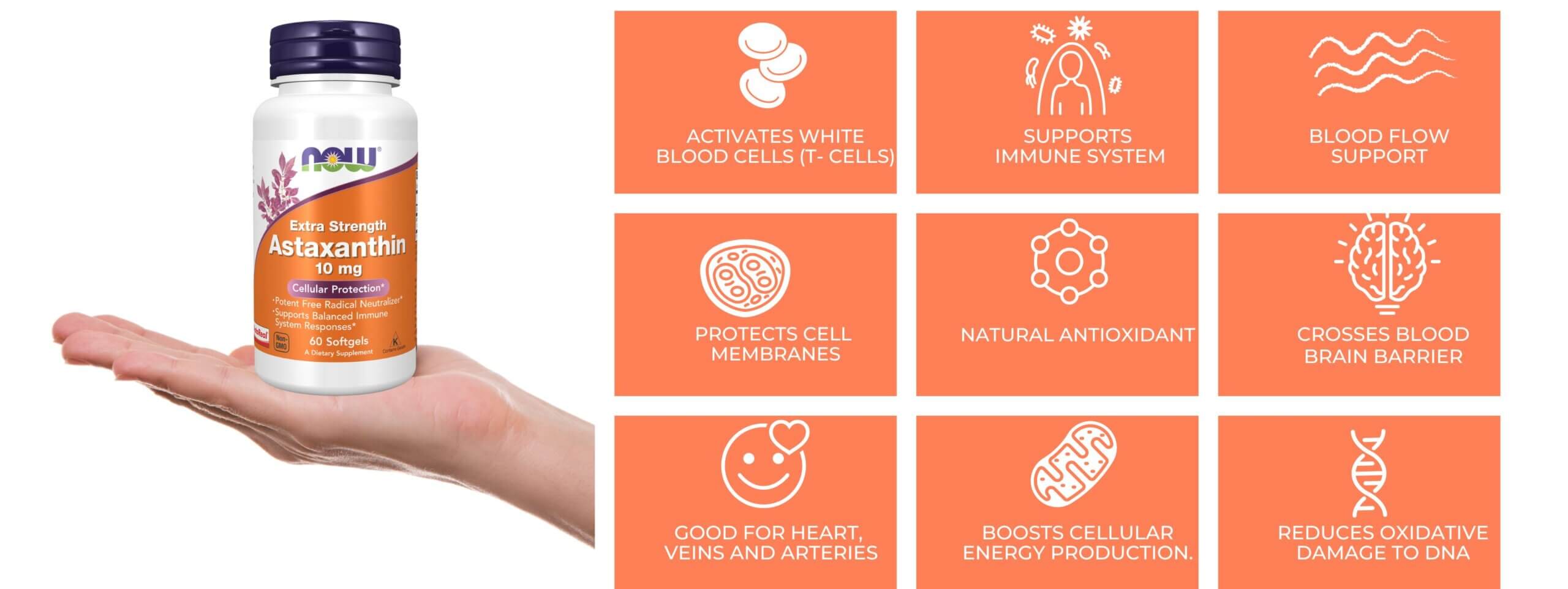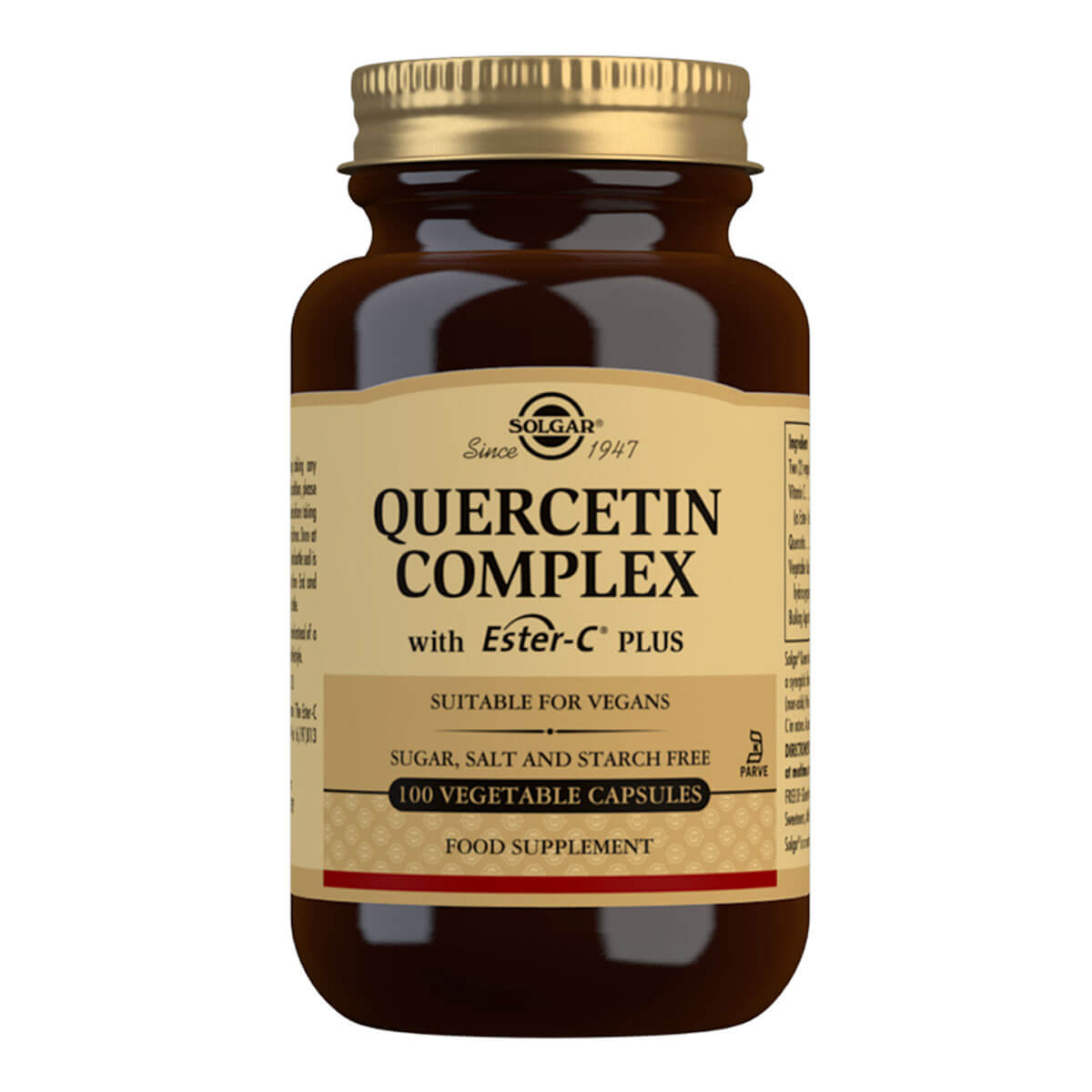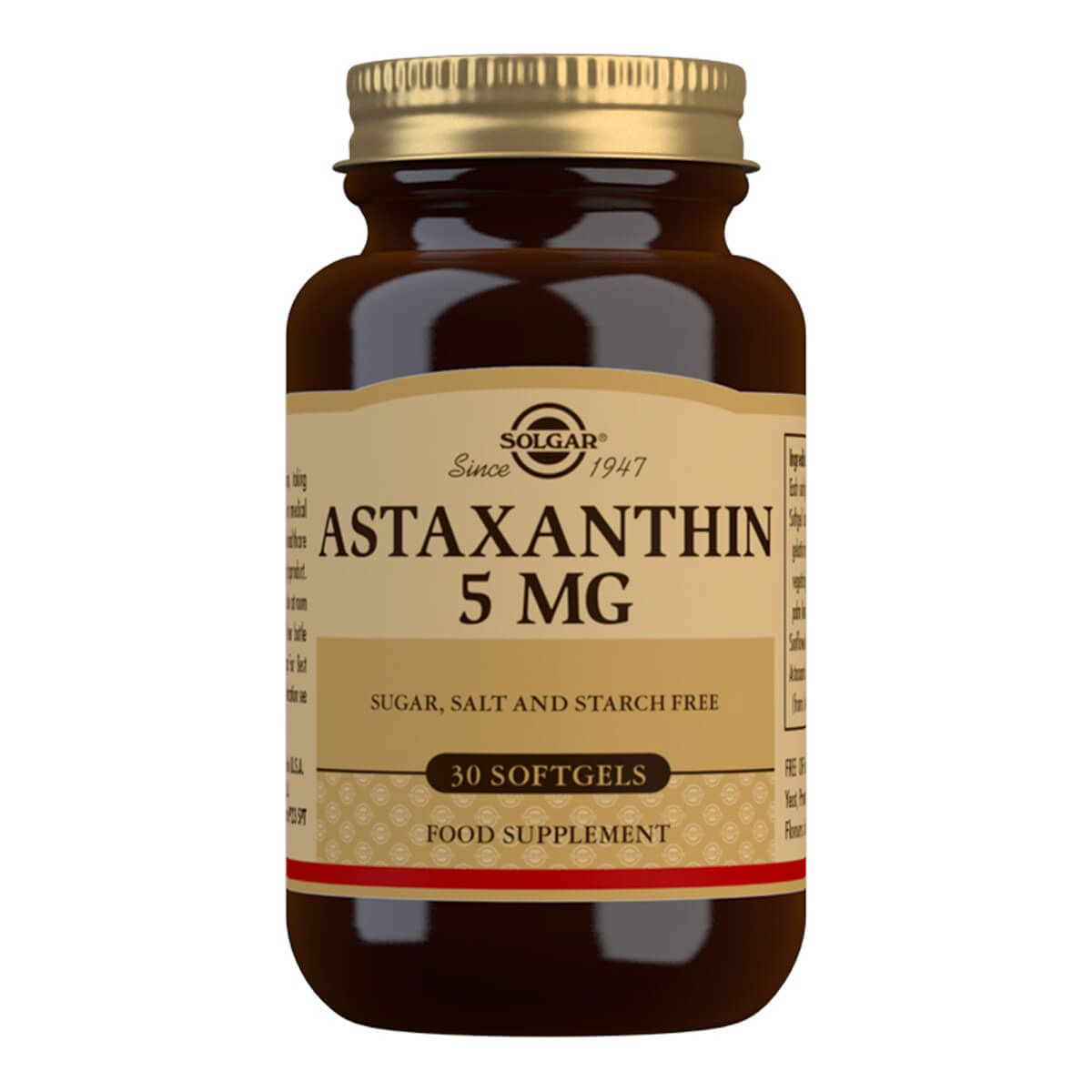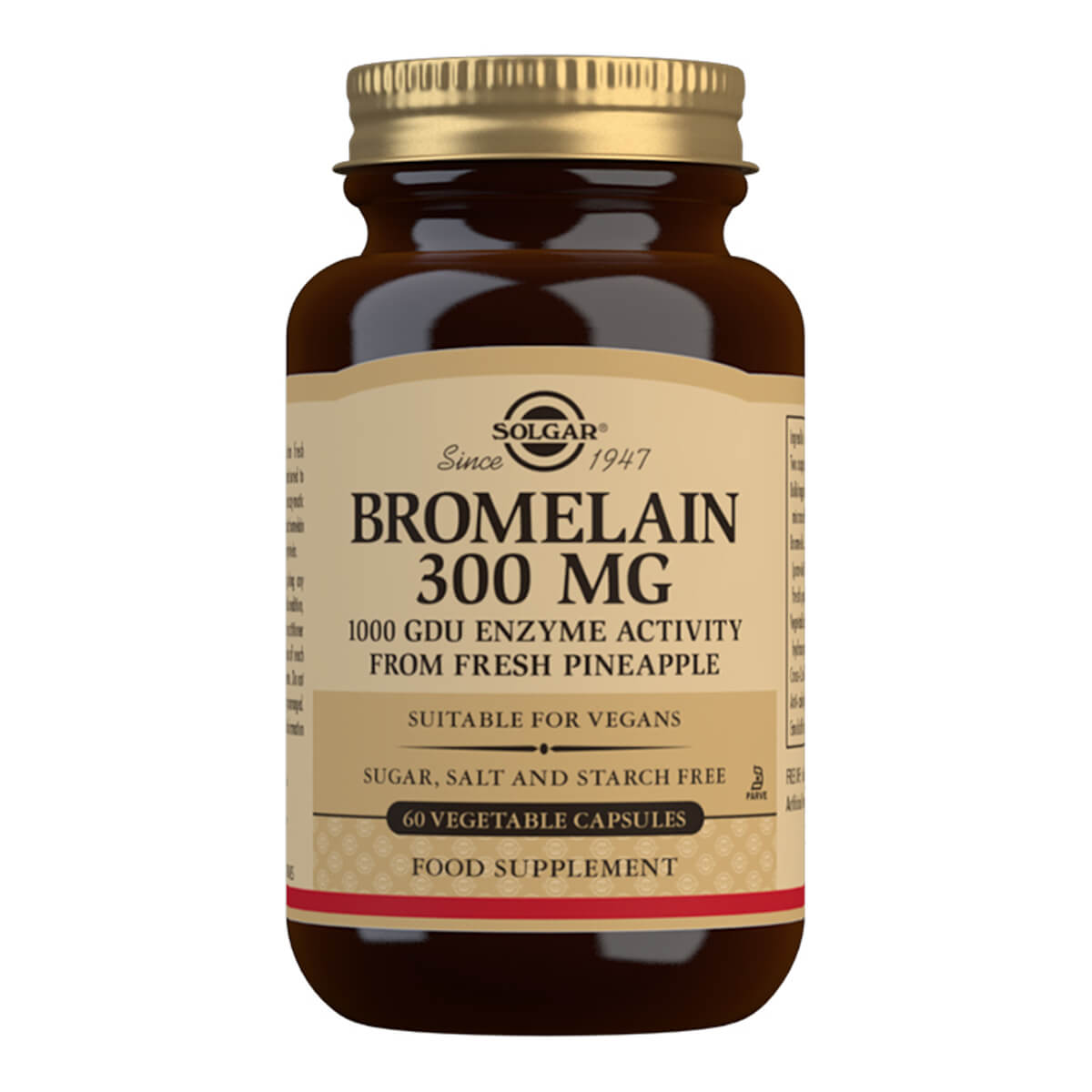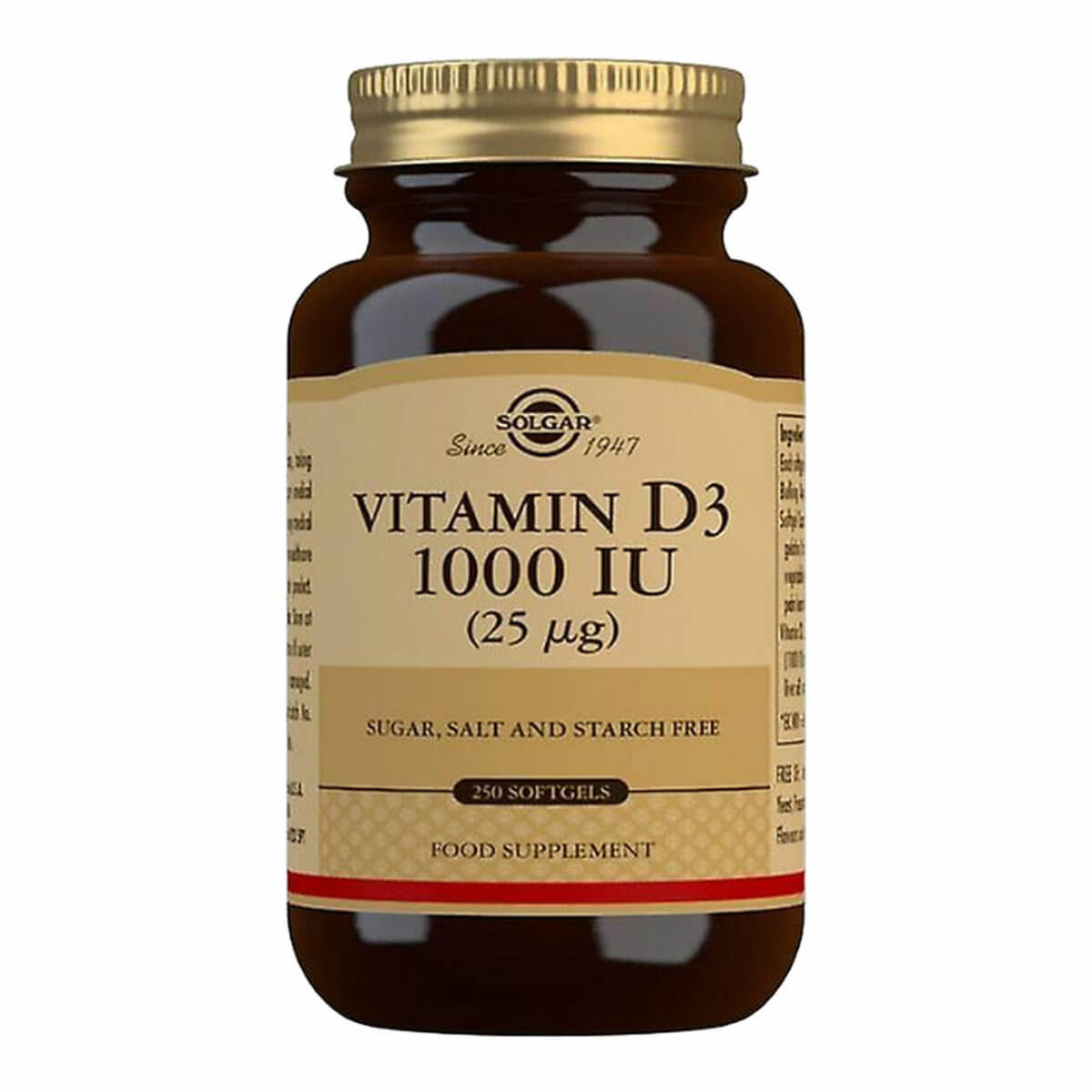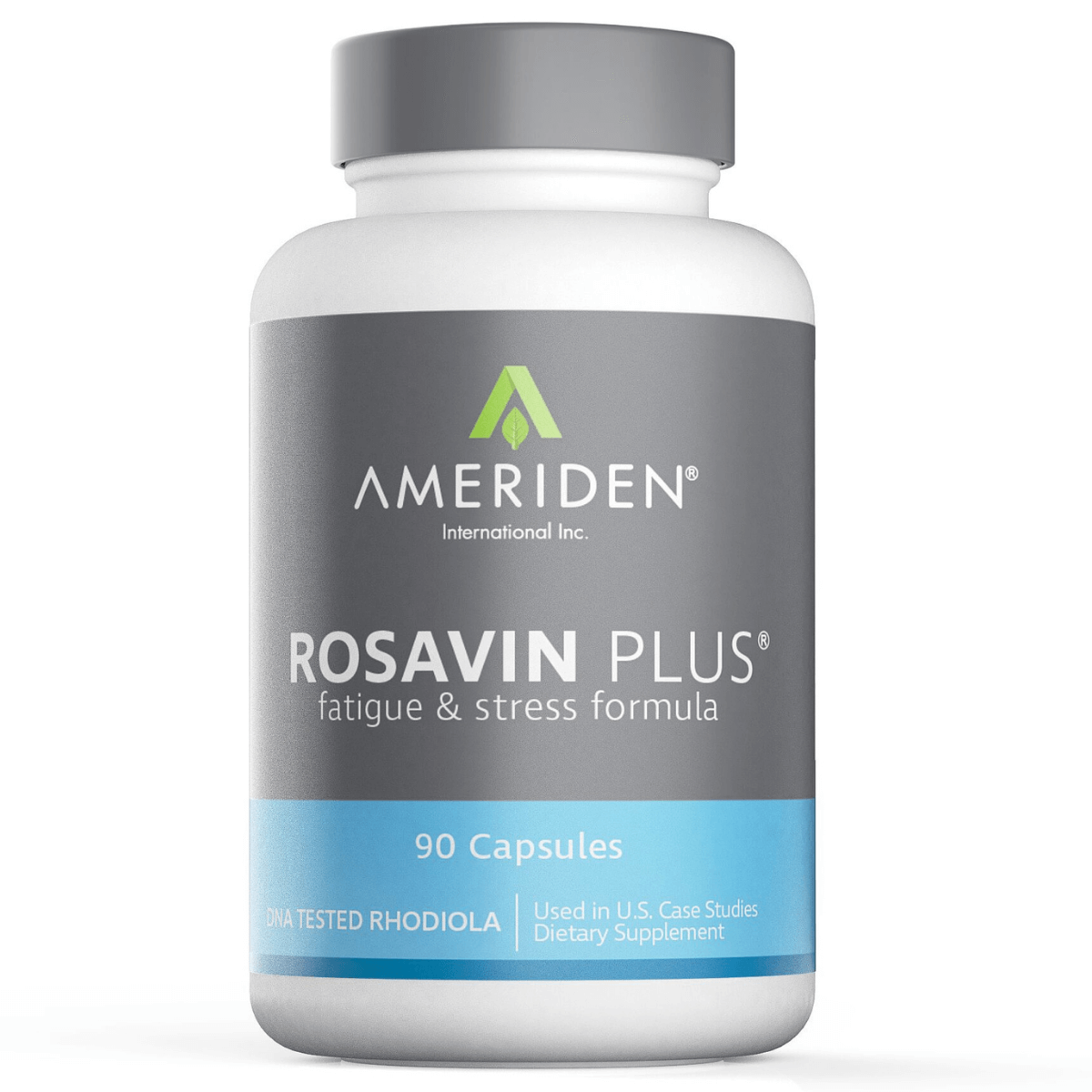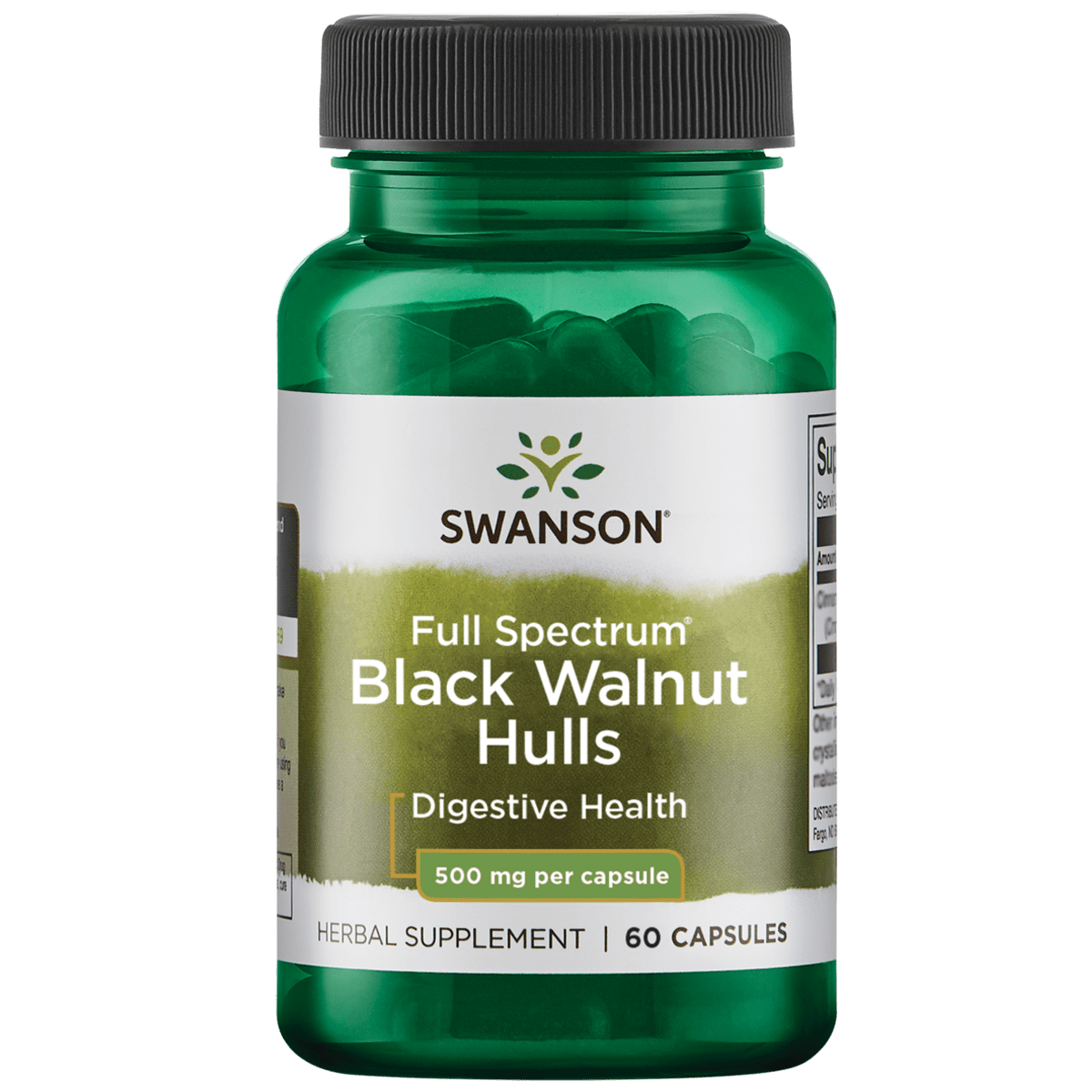The Neuroprotective Effects of Astaxanthin
More than a dozen studies also show astaxanthin protects your neurons and can slow the effects of age-related cognitive decline and psychomotor function decline.12
In one study, they found people taking either 6 or 12 mg of astaxanthin per day had significantly decreased accumulation of phospholipid hydroperoxides (PLOOH), which is a marker for dementia. It may therefore also have therapeutic benefit against Alzheimer’s.
In another double-blind, placebo-controlled study done in Japan, elderly volunteers with age-related forgetfulness improved both their cognition scores and psychomotor function/coordination after taking 12 mg of astaxanthin for 12 weeks.
A number of animal studies have even shown that astaxanthin can drastically limit the damage caused by a stroke, when consumed PRIOR to the stroke — which brings us to the issue of absorption. It takes approximately 12 to 19 hours for astaxanthin to reach its maximum level in your bloodstream. After that, it decays over a three- to six-hour period.
This means you need to take it at least one day ahead of time to ensure tissue saturation. That said, if you’re using it for, say, sun or radiation protection, your best bet is to take it consistently for a few weeks beforehand, to allow it to build up in your system.
Astaxanthin Is a Potent Protector of Vision
Many studies have also investigated astaxanthin’s effect on eye health. Some of the early work was done in France, where they confirmed that astaxanthin can cross the blood-retinal barrier, thereby providing potent anti-inflammatory protection to your eye and retina. Studies suggest it may help protect against a variety of eye-related problems, including:
| Age-related macular degeneration (ARMD) |
Cataracts |
| Inflammatory eye diseases (i.e., retinitis, iritis, keratitis, and scleritis) |
Retinal arterial occlusion and venous occlusion |
| Cystoid macular edema |
Diabetic retinopathy |
| Glaucoma |
|
Importantly, astaxanthin appears to be a potent way to both prevent and treat ARMD, which is the most common cause of blindness among the elderly. As previously reported by Life Extension Magazine:13
“The human retina naturally contains the carotenoids lutein and zeaxanthin, molecules closely related to astaxanthin. Supplementation with all three carotenoids (astaxanthin 4 mg/day, lutein 10 mg/day, zeaxanthin 1 mg/day) has been shown to improve visual acuity and contrast detection in people with early age-related macular degeneration.14
In laboratory studies, astaxanthin supplementation protects retinal cells against oxidative stress and significantly reduces the area of destructive new blood vessel growth on retinas, a hallmark of advanced macular degeneration.15,16 Studies of patients with age-related macular degeneration reveal significant improvements in retinal electrical outputs following supplementation with astaxanthin and other carotenoids.17
Glaucoma, an increase in the pressure of fluid inside the eyeball, eventually results in retinal cell death from oxidant damage and loss of blood flow. Astaxanthin restores retinal parameters to normal in eyes with experimentally-induced glaucoma.”18
Since astaxanthin is far more powerful an antioxidant than both lutein and zeaxanthin, many researchers believe it to be the most effective antioxidant ever discovered for eye health.19,20
Specifically, astaxanthin has been shown to ameliorate or prevent light-induced damage, photoreceptor cell damage, ganglion cell damage and damage to the neurons of the inner retinal layers. Astaxanthin also helps maintain appropriate eye pressure levels that are already within the normal range, and supports your eyes’ energy levels and visual acuity.
Anticancer Effects Exerted by Astaxanthin
More recent studies have also delved into astaxanthin’s effects on cancer. Both in vivo and in vitro preclinical antitumor effects have been demonstrated in various cancer models. According to a study published in 2015, astaxanthin:21
“… exerts its anti-proliferative, anti-apoptosis and anti-invasion influence via different molecules and pathways including signal transducer and activator of transcription 3 (STAT3), nuclear factor kappa-light-chain-enhancer of activated B cells (NF-κB) and peroxisome proliferator-activated receptor gamma (PPARγ). Hence, [astaxanthin] shows great promise as chemotherapeutic agents in cancer.”
In animal studies, astaxanthin has been shown to:22
- Reduce the growth of transplanted mammary tumors
- Suppress liver carcinogenesis
- Inhibit potentially tumor-promoting polyamines in skin following UVA and UVB exposure (thereby reducing risk of skin cancer)
- Reduce incidence and proliferation of chemically-induced cancer of the urinary bladder, oral cavity and colon
Some of the proposed mechanisms of action include antioxidant activity, immune function enhancement and gene expression regulation. Also, as noted by Cyanotech in its “Astaxanthin and Cancer Chemoprevention” paper:23
“Effective cell-[to]-cell communication through gap junctions is deficient in many human tumors, and its restoration tends to decrease tumor cell proliferation. Several retinoids and carotenoids are now known to enhance gap junctional communication between cells … This stimulation of gap junctional communication occurs as a result of a dose-dependent increase in the connexin 43 protein, via up-regulation of the connexin 43 gene.”
Astaxanthin Offers a Cornucopia of Health Benefits
Astaxanthin is likely one of the most useful supplements available, capable of tackling and preventing a host of health problems. It’s one I regularly take and one I would not want to be without.
If you decide to give astaxanthin a try, I recommend starting with 4 mg per day, and working your way up to about 8 mg per day — or more if you’re an athlete or suffering from chronic inflammation. Taking your astaxanthin supplement with a small amount of healthy fat, such as butter, coconut oil, MCT oil or eggs, will optimize its absorption.
Krill oil supplements also contain high quality animal-based omega-3 fat in combination with naturally-occurring astaxanthin, albeit at lower levels than what you’ll get from an astaxanthin supplement. Different krill products have varying concentrations of astaxanthin, so check your label.



